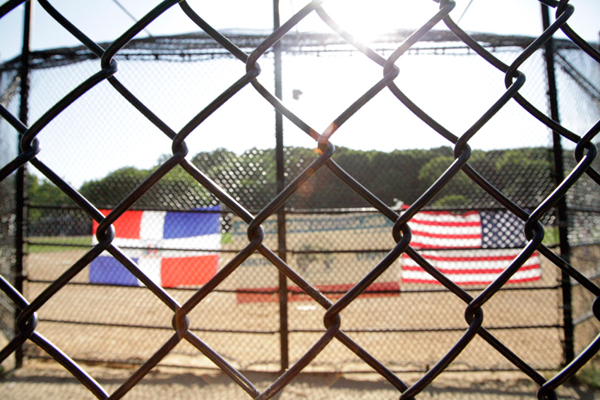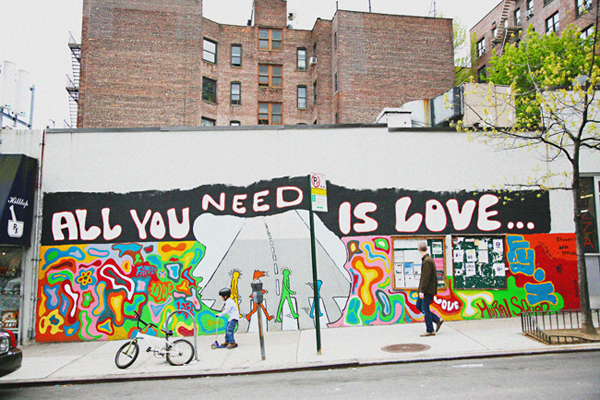Story, photos and video by Sherry Mazzocchi
Led Black is an artist, writer, entrepreneur and publisher of The Uptown Collective.
“I like to think of Dominicans as the first Americans,” he said. The first school, church and university were all established on the island of Hispaniola. “Before Plymouth Rock, before Jamestown, there was already a new civilization growing.”
Dominicans are a dynamic amalgam of the Old World and the New World.
They adapt well to change. When the Spaniards discovered gold in other parts of the New World, they left Hispaniola’s residents to fall back on their own wits to use whatever resources they can. He said. “I think that’s something that’s a deep part of the Dominican psyche and soul.”
His own mother is an example of that. She came to America with nothing and provided for her family with a variety of jobs. “She’s my superhero in a lot of ways,” he said. She became a citizen and never misses an election.
Black said Dominican-Americans have a responsibility to make things better in U.S. Latino communities and in Dominican Republic.
“The Dominican Republic is a beautiful place that’s rich in resources, but it’s badly administered,” he said. “I think that if we could bring some of that American know-how, some of the civic thinking, I think we could make the Dominican Republic a better place.”
Read more: The Definition of Dominican Ser dominicano | Manhattan Times News.
Armando Batista is an actor, writer and educator. His parents are from the Dominican Republic and he was born in the United States and grew up in Washington Heights.
He is co-creating the play, I am New York: Juan Rodríguez, with Maija García.
A trader, Juan Rodríguez arrived in New York in 1613 from Hispaniola. Considered to be New York’s first immigrant, Batista says his story echoes the path of many Dominicans coming to the U.S. now. As he finds a home in a new world, he shifts his identity and the culture around him.
Batista sees himself as Dominican and American. “It’s a walking, evolving identity,” he said. “I move with rhythm, I speak with rhythm.” He lives in the U.S. but is also “moving within planes of different conceptual worlds of some—I don’t know—magical realisms and some Caribbean sassistas – like merengue, platanos, así, aquí, allá – and that stuff constantly negotiating in my body and my mind. I’m all that and a bag of chips.”
Bernadette García is a counselor in the anti-domestic violence program at the Dominican Women’s Development Center (DWDC) in Washington Heights. She was born in the Bronx to Dominican parents. Her parents passed down their traditions and culture. García said, “I’m a New Yorker, but I consider myself Dominican.”
García believes the country’s founding fathers would be appalled by the recent ruling in the DR. “It cancels out—it annuls—what the principle of the Dominican Republic is,” she said. “Anyone can be Dominican. Anyone can be of any nationality.” The underlying issue is racism. “I think people are appalled,” she said.
“I just hope a change comes from this,” she said. “We should learn from our mistakes.”
Check out:
The Definition of Dominican | Manhattan Times
The Definition of Dominican Part 2 | Manhattan Times
Related:
Led Black: Un Pie Aqui y Uno Alla | Huffington Post
It’s Official: Washington Heights & Dominicans Are #1
We invite you to subscribe to the weekly Uptown Love newsletter, like our Facebook page and follow us on Twitter, or e-mail us at [email protected].


